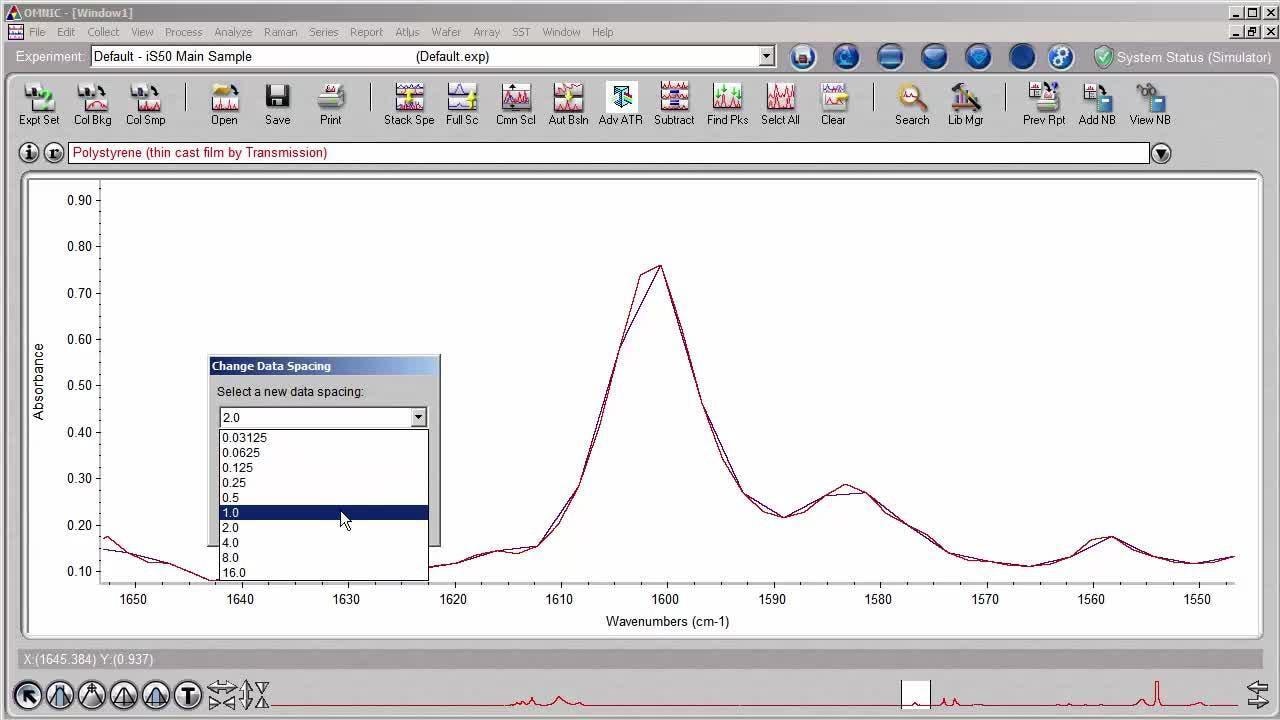Search

OMNIC Software
On demand training videos
Get the most for your FTIR spectrometer with these Thermo Scientific OMNIC Software training and tutorial videos to help you get started.
OMNIC Software basics
OMNIC Software experiments
OMNIC Software advanced experiments
OMNIC Software data processing
OMNIC Software spectral analysis
OMNIC Software reports
OMNIC Software advanced spectral analysis
OMNIC Software macros
OMNIC Software file configuration
For Research Use Only. Not for use in diagnostic procedures.



























































